The launch of a new Ontario building science firm is evidence that the sector is evolving during the pandemic, with new collaborators and innovative use of data among the inputs changing the way healthy indoor spaces come together.
ParticleOne, based in Guelph, uses data analytics, computer modelling and epidemiological input to improve air flow and quality in workspaces and offer solutions to limit viral transmission.
The firm debuted in June, spun off from RWDI, an environmental engineering firm.
Mike Williams, a building-performance engineer at both RWDI and ParticleOne, explained ParticleOne works with clients to create a sophisticated profile of workspaces and offer guidance for a distinct building layout, use and ventilation system.
The firm does this while calculating the future impacts of emerging variants, local infection and vaccination rates.
“There’s a new KPI (key performance indicator) around viral transmission that we are far more aware of,” explained Williams. “And one of the ways to reduce the risk of viral transmission in a space is enhanced air quality.
“Our technology, our approach, takes into account not only the air quality but also the way that the occupants are behaving in a space – whether or not they’re maintaining social distance, whether or not they’re wearing a mask, whether or not they’re vaccinated are all factors that feed into our calculations.”
RWDI developed ParticleOne in partnership with University of Guelph genomics scientist Dr. Steven Newmaster. The firm runs thousands of simulations to compare the effectiveness of different safety measures, potentially including revamped HVAC systems, HEPA filters, masks, occupancy levels and employee spacing. A customized dashboard provides regular updates reflecting the risk of COVID transmission and offering a co-ordinated approach to firms with multiple workplaces.
There are also other technologies such as UVGI (ultraviolet germicidal irradiation devices) that can be deployed.
Building science firms know the HEPA level of filtration provides better air quality than MERV 6, 8 or 13 air filter systems but before the pandemic, Williams said, there wasn’t the urgency to provide that level of air filtration. Now, he said, in terms of recommending appropriate technology, “We can be looking at the way that a space is zoned in terms of where the air is supplied and returned, so that you don’t get cross-contamination across zones within a space, and that can help to reduce risk.“The risk of the space is not just dependent on the air quality that’s being provided in that space, so it’s not a problem that you can solve with just mechanical engineering, or an HVAC system, or enhanced operations on its own,” Williams added. “It’s a multitude of things which I think is also important given it’s a difficult problem to solve. It does require a lot of different factors to be considered and optimized.”
The pandemic has transformed the way building scientists work, Williams noted, requiring integration of new datasets, technologies and colleagues. ParticleOne works with the university to gain a better understanding of the characteristics of viruses and the potential for transmission in a workspace.
“That isn’t something that we focused on so specifically as a practice prior to the pandemic,” he said. “That’s an interesting evolution and I think a good thing and something that I hope continues to happen.”
Williams said at this stage their clientele is asking for consultation on existing spaces, but there’s no reason why the simulations could not be run for new buildings.
Learning about healthy workspaces has become an imperative with clients as well, Williams said.
“They seem keen to learn and to roll up the sleeves.
“We now need to think differently about buildings and spaces and how they potentially can result in risk to the occupant and how can we actively manage and handle spaces to reduce that risk.”
In the end, the newly designed workspaces not only will protect workers from COVID but lead to increased productivity, less absenteeism and a healthier workforce, ensuring a healthier business overall, Williams said.
Follow the author on Twitter @DonWall_DCN.


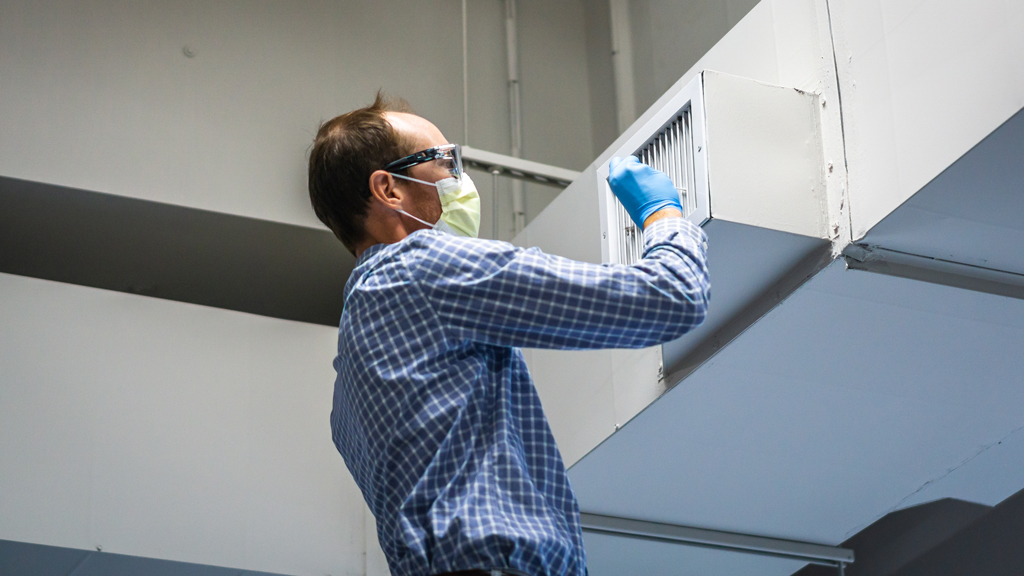
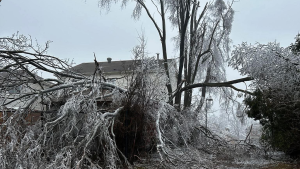

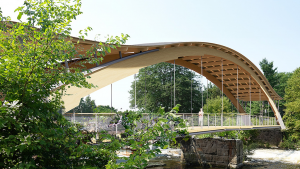
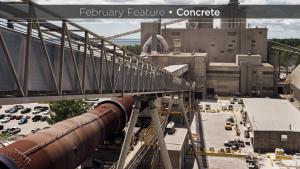
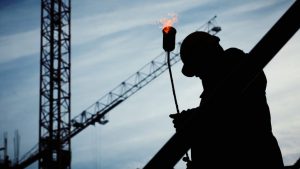



Recent Comments
comments for this post are closed